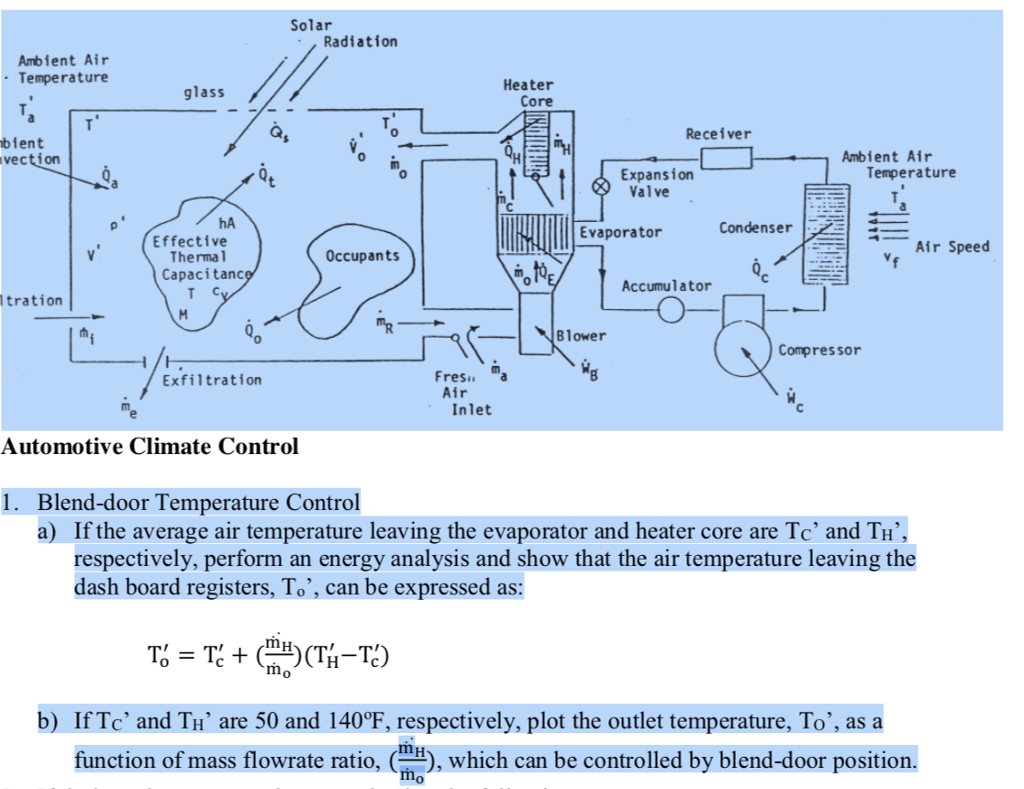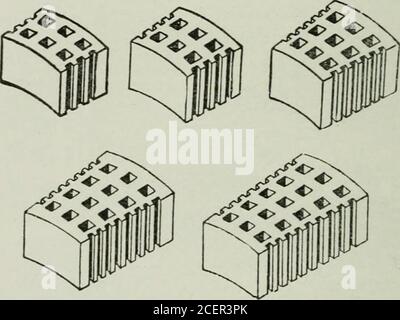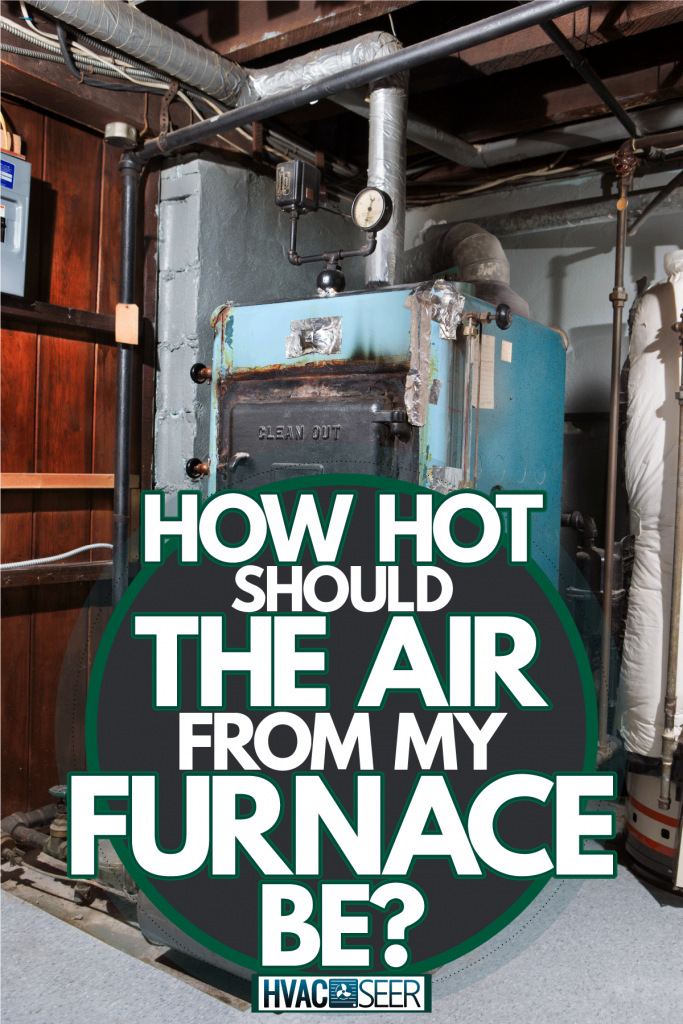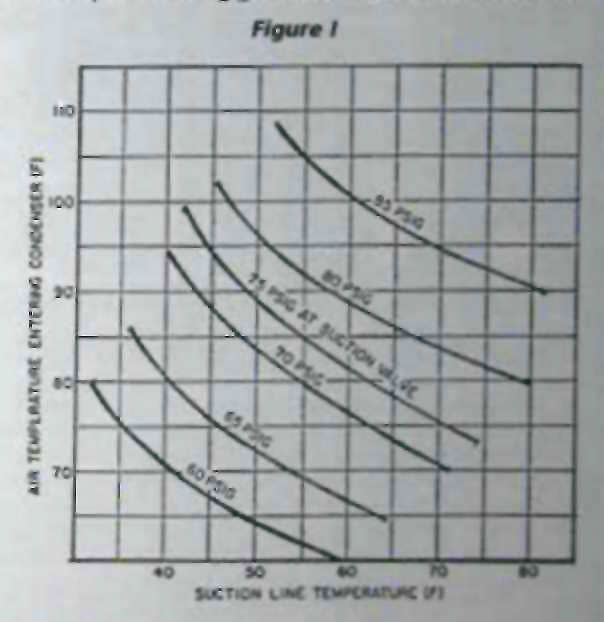Things like the temperature of the house and if you have the desuperheater option can effect the output temperature. Move the thermometer to a return vent and do the same.

Solved Solar Radiation Ambient Air . Temperature Glass | Chegg.com
Professionals call this temperature difference the evaporator delta t.

Expected air temperature out of furnance register. If you have a standard blower motor on your furnace, higher static pressure is actually going to slow down the fan and decrease airflow to the entire home. It may result in leaks in your ductwork. The temperature difference between return and supply air is known as the evaporator delta t.
This is normal for heat pumps. Remove the air filter and check that the filter is made for the make/model of your furnace set up. An ideal temperature differential between air coming into to be cooled, and the air being blown out is 14° to 20° f.
It can actually get low enough that the heat being created inside the furnace is unable to get out quickly enough and the furnace can overheat and hit the high limit, causing it to shutdown. Cfm = btu output divided by (delta t x 108) step two: As long as the thermostat is reaching the temperature you set it at, it’s working fine.
Check if your filter is dirty. Remember it's low and slow with these units. Cfm = 80,000 / 75.6.
15 degree rise out of a heat pump at 5 above is great. If you will read all the posts i made, there is 15 degrees difference in the temperature coming out of the register than the temperature going back through the return grill. Cfm = 80,000 / (delta t x 108) step three:
Those two numbers are the lowest recommended temperature rise, and the highest allowed temperature rise through the furnace is usually a 30° difference. My furnace by comparison has a supply temp of 107f in 1st stage and 119f in. There you will find a statement such as.
Place the thermometer on a vent and leave it in place for five minutes. Air conditioners do not create “cold” air, they remove heat energy from existing air and recirculate it in an environment. 68f indoors the mitsubishi running at max blower speed was delivering.
The tag typically displays the temperature of supply air, often around 105°f, and the temperature difference, often between 40°f and 70°f. The air coming out should be 14 to 20. The air coming out of your furnace, measured right when it exists the supply vent, should be 40°f to 70°f above the return air temperature.
The process of calculating what the cfm in a given system should be, whether accomplished via a table or formula, is the first step in a system. However, the temperature at the outlet of the furnace, is dependent on the temperature of the incoming air. 80,000 / 75.6 = 1058 cfm.
Input air was probably 65 so about a 60 degree rise that falls within the parameters. If the airflow to your furnace is restricted, it can. So, if the hot air returning to the air conditioning unit is 85°f, the air coming out of the supply vent should be 63°f to 69°f.
There’s a problem with your filter. The rated furnace output air temperature is expressed as rise above the return air temperature and is given as a range, usually 30°f between a high and low temperature. When it comes to your air conditioner, low air flow from closing registers can.
Closing some of your vents puts extra pressure on your entire system, which can cause your ducts to develop leaks. Check if the filter is pointing the right way. Simply remove the air filter and replace the filter if it is clogged.
Also this morning i knew the furnace would run for at least 20 minutes to bring house up to temp from the night's setback. Different hvac and furnace units need specific air filters. Generally, the temperature at the supply vent when cooling with an air conditioner should be 16°f to 22°f lower than the air temperature entering the air conditioning unit from your rooms.
Depending on outside temp the supply temp leaving the indoor coil could be from 85f to 105f ranging from 22f to 70f outdoor temperature and assuming a 69f return temp. Next verify the thermostat's fan setting is set to auto, not on. Thus, there is a drop of 15 degrees between the two not 15 degrees colder at the return than the thermometer set temperature.
Most furnaces have a data tag that displays this information. Your evaporator coil could freeze over. What is the minimum temperature that the air should be coming out of the vent ?
Every gas furnace data plate/tag has a specification for the temperature rise through that furnace. I rechecked while the aux heat was on, and the heat coming out of the register was 115 degrees, and not sure how many of the heat strips were on. This means air can seep in and out of the ducts when it shouldn’t.
The temperature your ac puts out is relative to the temperature you set on your thermostat. At my last inspection, the temperature was: Take a reading of the ambient temp and then once the furnace is up and running for ten minutes take a second.
I have a thermometer to test the air temperature coming out of the register. This data is found on your heater's data tag. First and most importantly, make sure your thermostat is set to heating mode.
Check that you have the right air filter. If you have the documentation for the furnace, it should give you an idea of the. So i set my thermometer in the closest register to plenum and output air read 126 f.
Cfm = 80,000 / (70 x 108) step four: The on setting makes the furnace fan blow continuously, even when the heating cycle is not activated. With 20kw going ought to be a lot hotter than 95 though.
So, if you’re heating your home in the winter and you’ve set your thermostat to 77o f, the air coming out of your vents should be between 93o and 99o f.

Return Air Temperature - An Overview | Sciencedirect Topics

Transactions - American Society Of Heating, Refrigerating And Air-Conditioning Engineers. D With Octagonal Bases It Is Safe To Cutout The Entire Flat Of The Octagon. 52 Transactions Of Am. Soc. Of

How Hot Should The Air From My Furnace Be? - Hvacseer.com

Air Conditioners: Air Conditioner Operating Temperatures - Air Conditioning Diagnosis, Inspection, Repair Guide - How To Inspect Residential Air Conditioning Systems - Inspection For Defects In A/C Compressors, Air Handlers, Duct Work,

Air Temperature - An Overview | Sciencedirect Topics